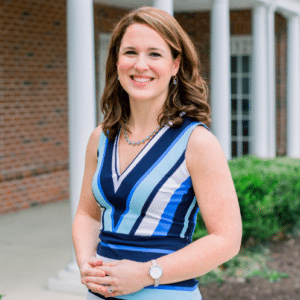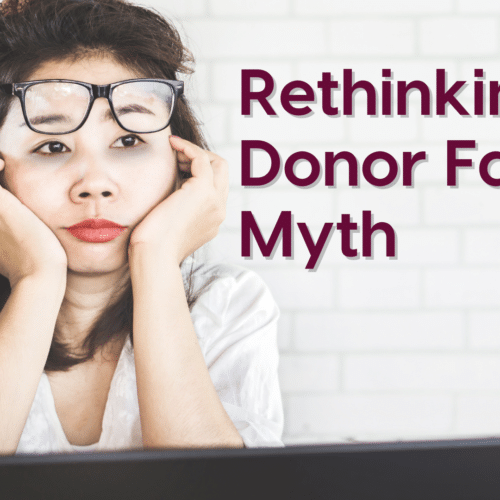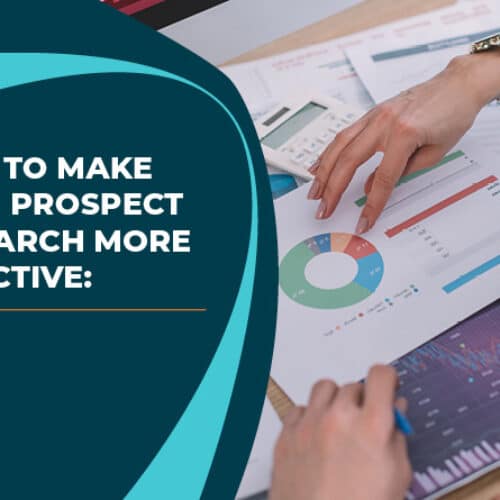
Imagine you conduct a fundraising assessment for your nonprofit, and the results show opportunities for improvement in your strategy. You may need to put more effort into building out certain revenue streams or incorporate new technology (such as a more robust marketing platform or AI fundraising tools) to modernize your work. Or, the issue might lie in your approach to building donor relationships.
For donors to want to support your organization long-term, they need to feel connected and have a positive experience at every stage of engagement. A helpful tool for visualizing this process is the nonprofit donor lifecycle (also known as the donor management lifecycle or donor journey), which shows how someone goes from an unengaged prospect to a loyal supporter of your mission:

In this guide, we’ll walk through the six stages of the donor lifecycle and some actions you can take at each stage to improve your relationship-building approach. Let’s get started!
1. Acquisition
The acquisition stage of the donor journey is when donors make first contact with your nonprofit. This can either happen through the donor interacting with mass marketing materials like your organization’s website and social media, or through your organization directly reaching out to donors who are strong candidates for major giving or other specific donation opportunities.
To make your nonprofit’s donor acquisition strategy more effective, make sure to:
- Regularly update your website, social media profiles, and advertising campaigns and include straightforward, compelling calls to action to encourage engagement.
- Segment your supporters so you can more effectively tailor messages to the audiences who will likely see them.
- Conduct comprehensive prospect research to find potential donors with the financial capacity, philanthropic tendencies, and affinity for your mission that suggest their ability and willingness to make major gifts.
By starting your donor relationships off on the right foot, you’ll expand your nonprofit’s reach, achieve higher fundraising goals, and create more potential for future organizational growth.
2. Cultivation
During the cultivation phase, your goal is to develop relationships with the potential donors you’ve acquired before asking for a donation. With low-level donors, this stage is often relatively short—you may just need to answer some questions or provide additional resources to help them learn more about your mission before they give.
By contrast, cultivating just one major donor can take many months and involve:
- One-on-one meetings to get to know them and introduce them to your nonprofit
- Regular follow-up messages about specific initiatives that interest them
- Introductions to other members of your team and board who can provide deeper insights
- Invitations to fundraising events, behind-the-scenes tours of your organization, requests to consult on projects, or other opportunities to see your mission at work
3. Solicitation
At the solicitation stage, you’re ready to present your first fundraising appeal to a potential donor. This step also moves much more quickly when donors give smaller amounts—after all, it’s significantly easier to convince someone to give $20 to your nonprofit than $20,000! In many cases, a low-level donor can simply read a fundraising email, click the embedded Donate button, and submit your online donation form in a matter of minutes to complete the solicitation phase.
When soliciting a major gift, meet with the prospect one-on-one to present your request. Suggest a specific donation amount and designation, but have backup ideas in mind if the donor rejects your first ask. Once you’ve settled on a contribution you’re both happy with, work together to figure out a payment plan (as few major donors pay the full amount upfront).
4. Stewardship
Once a donor responds positively to your nonprofit’s solicitation, your next step is to thank them for their gift. Your appreciation method should match the size of the contribution—if donors go above and beyond for your organization in their giving, you should also go above and beyond for them in your stewardship.
Here are some popular ways to thank donors organized according to donation size:
- Small gift: Thank-you email, text message for mobile contributions, end-of-year mass mailing thanking all low-level donors from that year
- Mid-sized gift: Handwritten thank-you note, phone call from one of your nonprofit’s leaders, small tangible present (branded merchandise, gift card, etc.)
- Major gift: Annual report mention, social media shoutout, invitation to a donor appreciation event, inclusion on a donor wall or other public display of recognition
As eCardWidget’s guide to thanking donors explains, “The sooner you thank your donors for their gifts, the sooner they’ll feel noticed and appreciated by your organization.” Even if you plan to recognize high-impact donors in a more elaborate way later, always call or email them within one business day of receiving their gift to confirm that you got it and promptly kick off the stewardship process.
5. Retention
Retention refers to all of the actions your nonprofit takes to maintain relationships with supporters post-donation. While it’s important to keep your organization top of mind for donors, sending too many messages or requesting another gift too soon can cause them to become fatigued and lapse after just one contribution. Instead, maintain donors’ engagement with your nonprofit by:- Promoting opportunities to get involved in ways other than donating, such as volunteering, attending events, or participating in advocacy.
- Encouraging donors to follow your organization on social media or sign up for your monthly newsletter to stay up-to-date on current happenings.
- Sharing impact reports with images, data, and stories that show donors how you’ve used their contributions to make a difference.
- Asking for feedback on various stages of the donor journey up to this point so donors can make their voices heard and you can gain insights to improve your efforts.
According to the Fundraising Effectiveness Project , the average donor retention rate in the nonprofit sector is about 42%. Use this statistic as a benchmark to measure the success of your retention efforts year over year.
6. Upgrade
When donors reach the upgrade stage, they’re ready to deepen their support for your organization. This might mean going from a one-time donor to a recurring donor, moving up a giving level (e.g., from mid-level to major donor), or contributing a larger amount within the same giving level (e.g., going from a $30 small gift to a $50 small gift).
Use what you’ve learned about each donor throughout the other phases of the donor lifecycle to recommend upgrades that they’ll be receptive to. Let’s say a donor gave $200 to your year-end giving campaign and completed a feedback form expressing that they’d like a more convenient way to donate. Based on this information, you could ask them if they’re interested in joining your recurring giving program at $20 per month. They’ll benefit from the convenience of automation, and you’ll receive an extra $40 from them per year—it’s a win-win!
Note that the stewardship, retention, and upgrade stages of the donor journey are cyclical. Once a donor upgrades their support, promptly thank them for their gift and continue communicating with them with the eventual goal of another upgrade—and a long-lasting relationship with your nonprofit.
Author Attribution – Karrie Wozniak
Karrie has spent more than a decade bringing innovative technology and fundraising strategies to the nonprofit industry. As one of the first executives at OneCause, Karrie combines her 20 years of experience in marketing with her passion for helping nonprofits expand their reach, leading industry research, marketing strategy, and fundraising consulting initiatives. She is also an active speaker on donor and fundraising trends, and has been featured on Forbes.com, Philanthropy Journal, and Nonprofit Hub.





